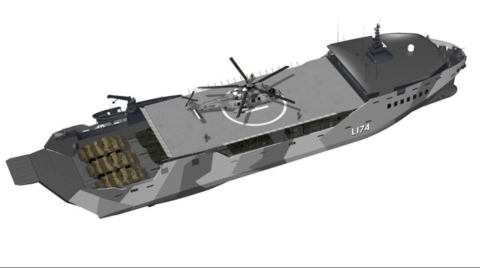The U.S. Marines are Making Major Changes and I'm Liking It

Over the past thirty plus years the U.S. Marines have been devolving into a second army. This has created exactly the kind of redundant capability that is not only far too common within the U.S. armed forces, but also greatly undermines national security by taking the U.S. Marines away from its core historical mission.
Thankfully, that era appears to be closing. The Marines are now moving back to being an elite, mobile, hard-hitting force of amphibious light infantry. In turn they are once again embracing the corresponding mission set in which they historically have excelled. Heavy armor and artillery is out. Long range missles, anti-ship weapons, longer ranged air transport, and an emphasis on amphibious operations are back.
To this end the Marines are creating smaller regiments (as of right now three in total) of which each will specialize in operating along coastlines and island archipelagos. To assist in this process the Marines are planning to field new light amphibious warships (with one concept of how this ship will look pictured here) that will allow them to move a company of Marines across entire seas. This offers tremendous over-the-horizon capability and in distributing assets across multiple platforms greatly increases the survivability of larger marine expeditionary units. Flexibility, mobility, firepower, and the ability to operate under the difficult conditions posed by the littoral combat environment are to be stressed here. Furthermore, the Marines will cut back on carrier based F-35C models (thankfully) while deploying considerable numbers of anti-ship missle batteries to further assist in protecting their forces at sea. In addition, long-ranged unmanned craft will be deployed to assist with reconaissance, and off shore fire support.
There is quite a bit more involved in this reorganization as can be seen here. This is long overdue, and in my opinion is a very welcome development.



Post new comment